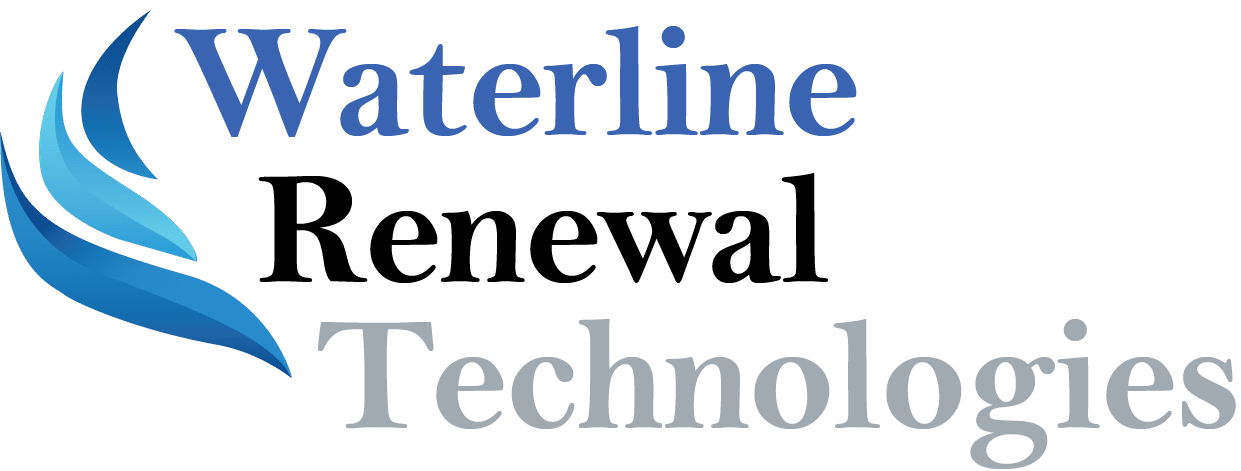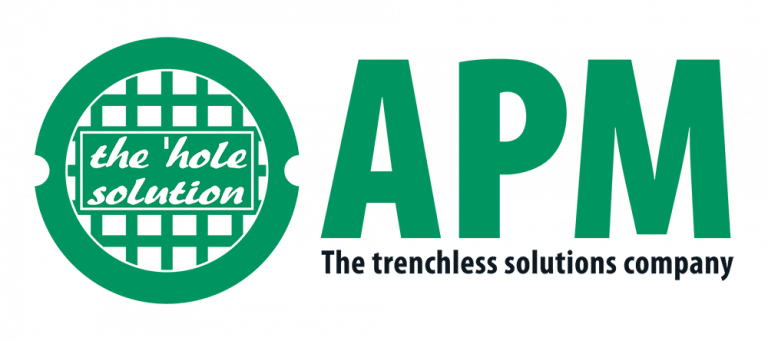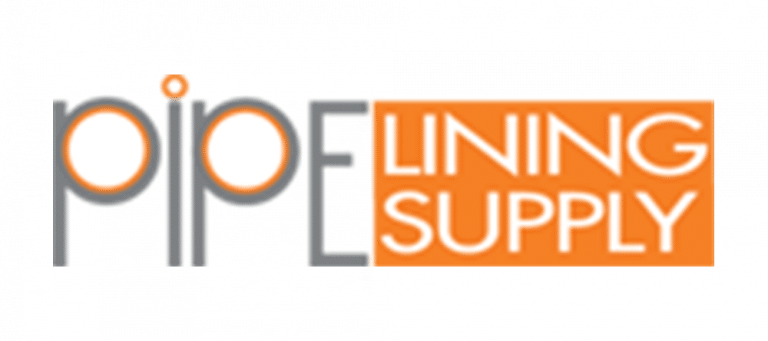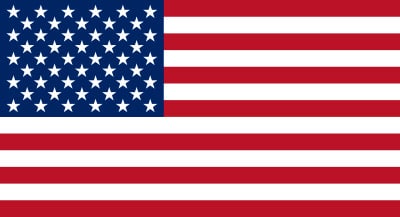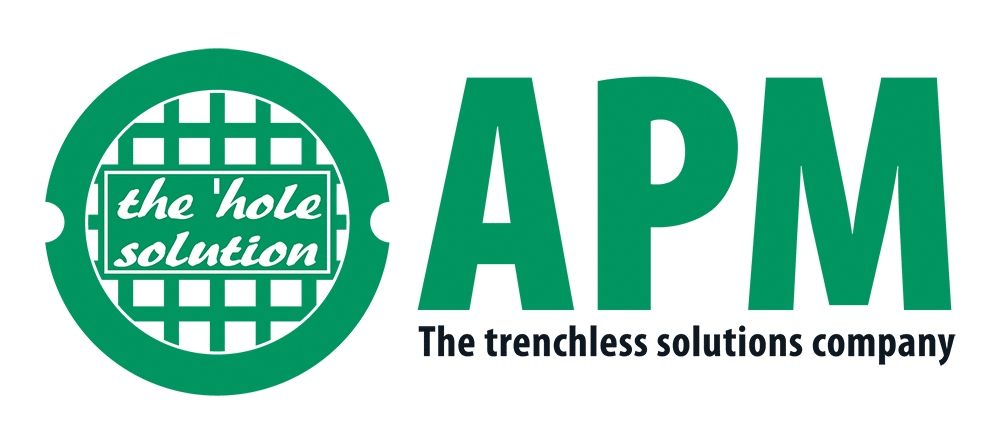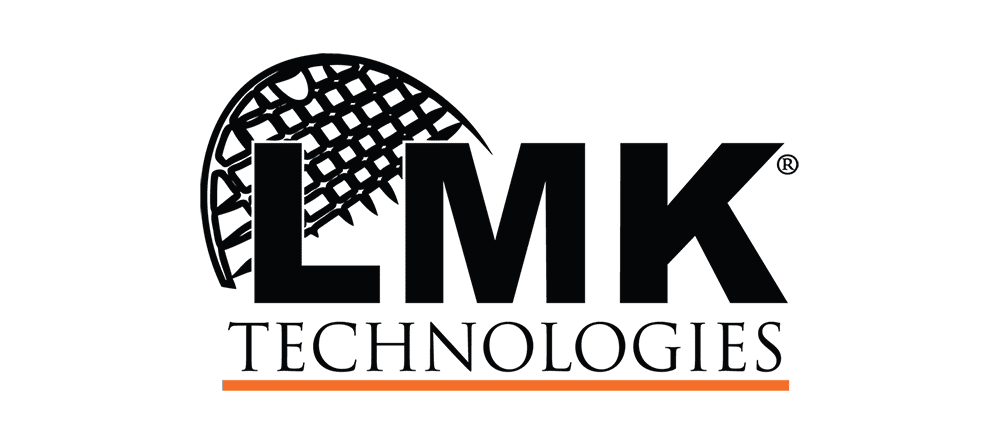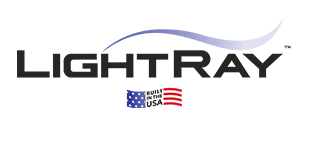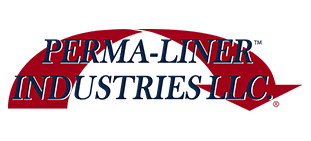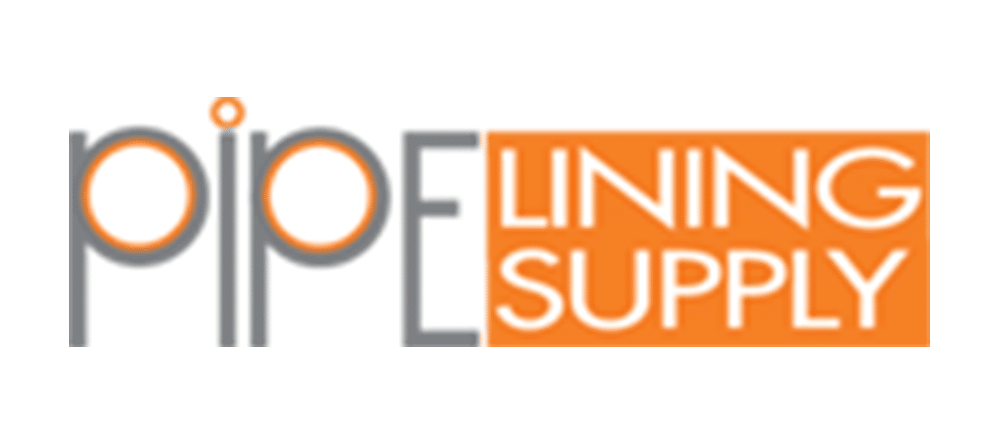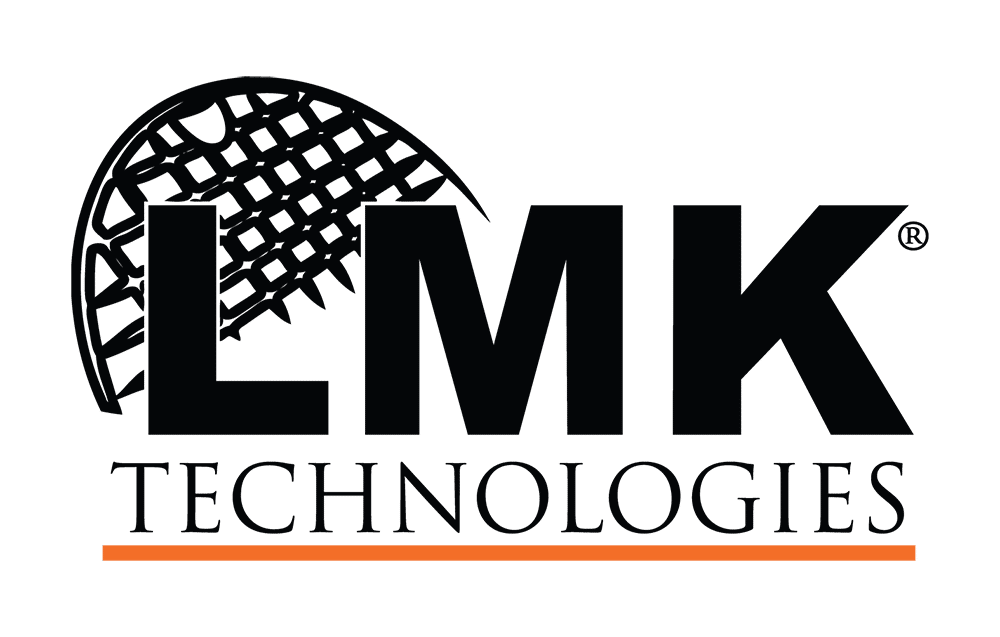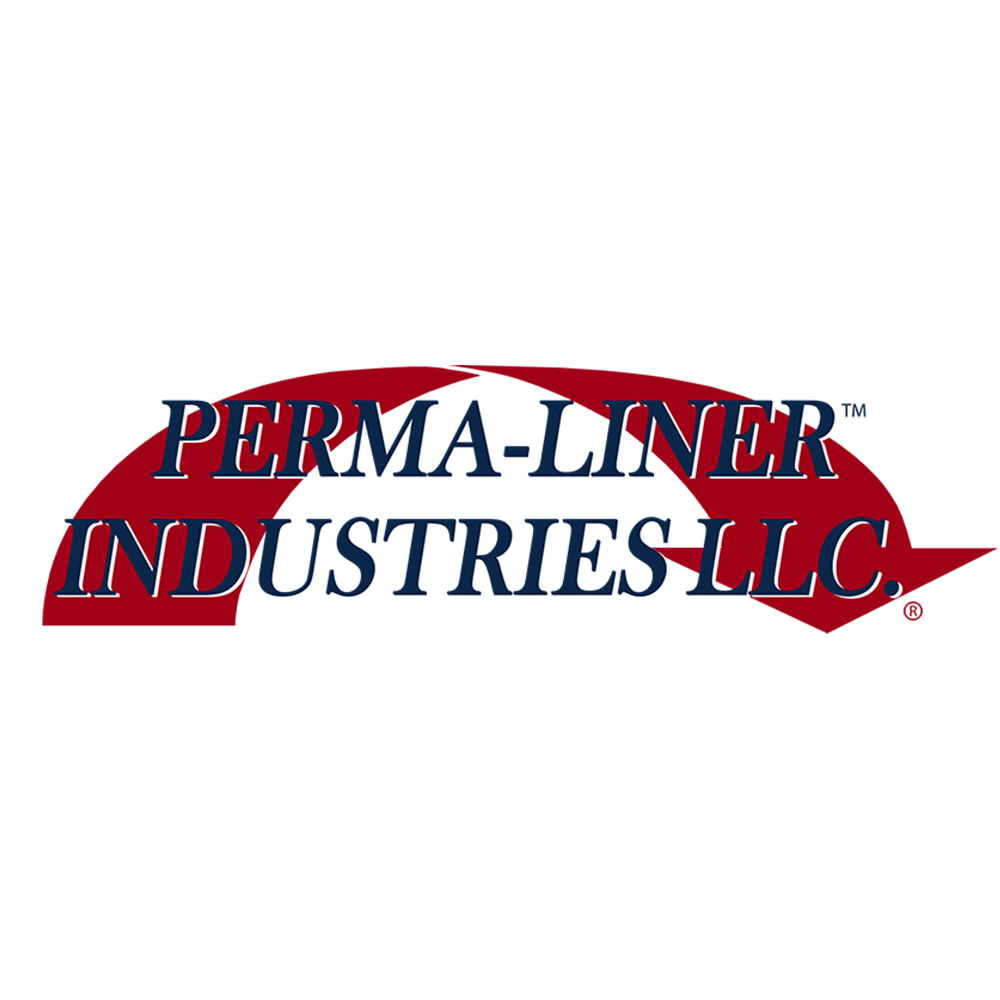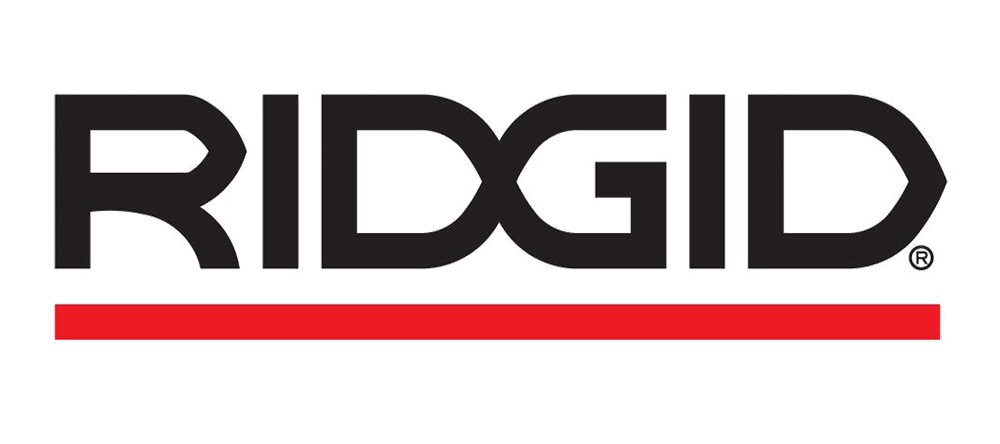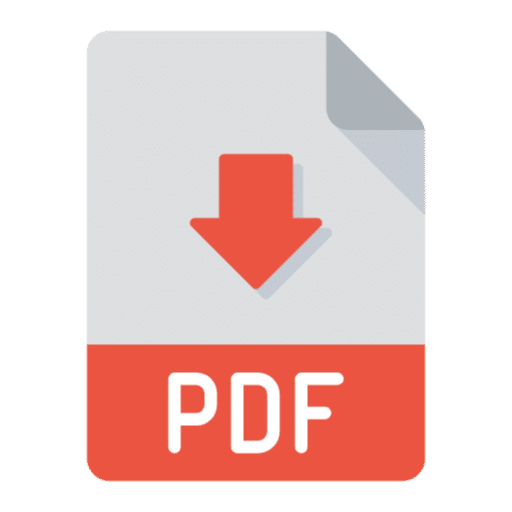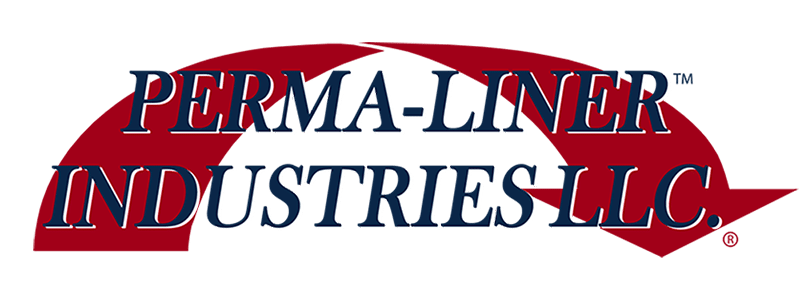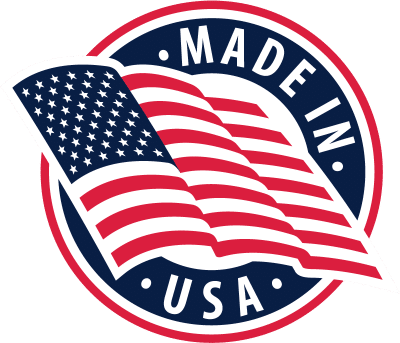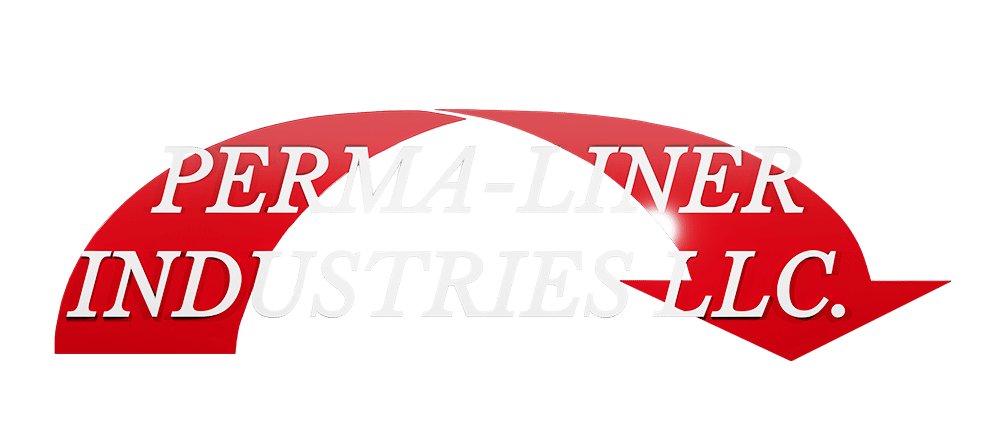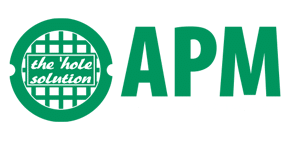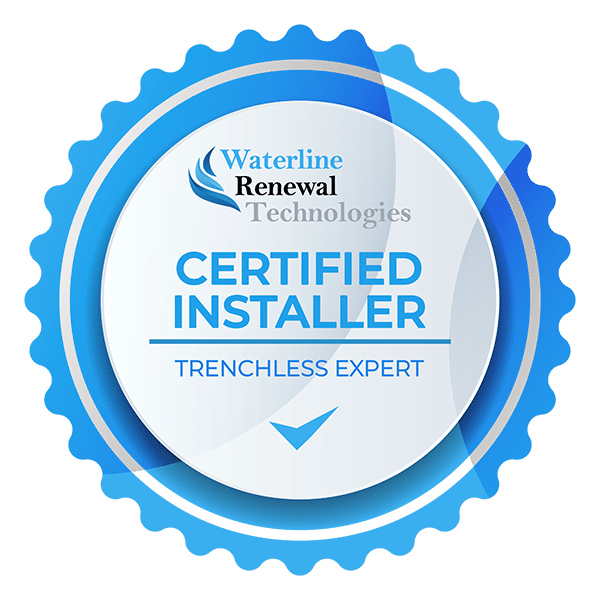What is CIPP?
2021 marks the 50th anniversary — the birth of the first cured-in-place process for sewer rehab, simply known as CIPP. The CIPP pioneer, Eric Wood, impregnated a felt tube with polyester resin, wrapped it in a plastic sheet, dragged it 230 ft into the 12-in., egg-shaped, brick sewer and inflated it with air. Then left it to cure.
A pipe was given a new life for at least the next 50-plus years.
The 2021 trenchless market reaches into the billions, with more work on sewers lines needed every day as they continue to age and decay. Diameters and lengths are the largest and longest they have ever been, with diameters exceeding more than 120 in. in some projects. Technology and research continue to hum along.
How much experience does Waterline Renewal Technologies have in the infrastructure rehabilitation market?
The Waterline Renewal Technologies team has 85 years of combined experience in the underground rehabilitation sector.
What makes the Waterline Renewal Technologies family of brands different?
Waterline Renewal Technologies is a leading provider of engineered products used in the trenchless rehabilitation of wastewater/stormwater infrastructure for municipal, commercial, industrial and residential applications and provides a unique portfolio of products and services through its brands APM, LMK Technologies, Perma-Liner Industries, LightRay, and Pipe Lining Supply.
How long does it take to renew a manhole?
It depends on the site conditions, the crew and of course the general contractor, if there is one. Our applicators typically install 6-8 manholes per day.
How long will it last?
The lifetime of the product depends on the conditions and the future use of the area. Generally, PERMACAST® mortar lining will double the life of the existing manhole. It has a design life of 50 years. PERMAFORM® has a design life of 100+ years.
Is it completely no-entry?
Entry is not required for the application of materials. Leak plugging, bench refurbishment and the final inspection require confined space entry.
Is your material similar to other producers?
Our products meet or exceed every product available in today’s market.
Why do you need a mortar under the coating?
We use a primary layer of mortar due to the inherent problems of applying coatings. Coatings are highly dependent on the surface upon which it is sprayed. If preparation is not done properly, there will be a tendency toward failure where the coating did not adhere. By providing a new, clean, structural material, you ensure a successful coating. Thorough preparation of the existing surface is critical to proper adhesion of any coating. The best preparation is a brand new wall free of containment. With MS-10,000 the old wall is thoroughly cleaned, leveled and smoothed. Cor+Gard with epoxy and MS-10,000 cure together to form a one-piece composite.
Why should I spin it on?
The spinner head provides compaction of the materials and consistently uniform thickness throughout.
How does CONSHIELD compare in price to embedded plastic liners such as T-Lock®, Stud-Liner® and Agru Sure-Grip®?
CONSHIELD is less than half the cost of embedded plastic liners and coatings and less than one-third the cost of Linabond®. Plastic liners and coatings require additional work in the field once the manhole is installed to weld the joints, to spark test and to correct the inevitable pinhole defects therefore the cost directly from the precaster is NOT the complete cost to the owner. Coatings and liners are subject to field damage and wear which lead to failures (sometimes catastrophic) if routine inspection and repairs are not made. This results in a much shorter service life.
How does it compare in cost to adhesive-applied linings such as Linabond® and to polymer coatings?
CONSHIELD is less than half the cost of embedded plastic liners and coatings and less than one-third the cost of Linabond®. Plastic liners and coatings require additional work in the field once the manhole is installed to weld the joints, to spark test and to correct the inevitable pinhole defects therefore the cost directly from the precaster is NOT the complete cost to the owner. Coatings and liners are subject to field damage and wear which lead to failures (sometimes catastrophic) if routine inspection and repairs are not made. This results in a much shorter service life.
How does it work?
CONSHIELD molecularly bonds to the concrete particles and impregnates the entire concrete matrix. Protection is throughout the entire thickness and not just on the surface. It is an EPA registered anti-bacterial agent clinically proved to prevent colonization of Thiobacillus bacteria that produce sulfuric acid in sanitary sewer systems. When there are no bacteria, there can be no corrosion.
How much does it cost?
Generally, it adds only $3 to $4 per square foot of interior surface even though it is throughout the entire thickness. Actual costs must be obtained from the pipe or manhole producer and costs will vary by size and wall thickness. By comparison, the higher costs of coatings and linings are raised even higher because the contractor must do additional work in the field such as welding, spark-testing, joint coating and touch up after the pipe is buried.
What is CONSHIELD?
CONSHIELD is a liquid additive for the long term MIC (microbiologically induced corrosion) protection of concrete pipe, manholes and wet wells in heavy sulfide conditions common in sanitary sewers.
Why should we use CONShield?
- CONSHIELD is a single step process precisely dosed under factory controlled conditions for consistent quality control/quality assurance.
- CONSHIELD requires no special tools, forms, training or equipment
- CONSHIELD is in the product. It is not a coating so it will not delaminate, disbond, peel, pinhole or “wear off” over time.
- CONSHIELD is environmentally friendly – it allows an engineer to “go green”.
- CONSHIELD is much less expensive than coatings and liners thereby providing a great value to the owner.
- CONSHIELD fortified structures last for the life of the concrete
An interview with Bill Shook, Found AP/M Permaform
For what type of structures is your system best applicable?
Shook: Because manholes suffer from a variety of problems, we offer multiple solutions, including Permacast structural cement liner, Permaform no dig replacement system, Cor+Gard 100 percent solid epoxy coatings, Cor+Roq structural epoxy, Conshield additive to Permacast, Permaform CIPP liner, and Cor+Flex flexible urethane sealant.
How important is structure preparation for your products? What preparation do you recommend?
Shook: Permacast cement liners are structural by themselves and they adhere well to existing masonry and concrete substrates after pressure washing to remove laitance and contaminates. Cor+Gard coatings adhere extremely well over our own Permacast cement liners which provide the structural value of a composite. Primers are used over new, precast concrete.
Does your product bond to a host structure, or does it form a structure within a structure?
Shook: Cor+Gard, is a coating that adheres well to the properly prepared substrate. Permacast and Cor+Roc structurally reinforce the existing manhole to which it bonds. The Permaform system is a totally independent structure within the old one.
Have product failures occurred and, if so, what were the cause and remedies?
Shook: Failures can occur whenever proper preparation and/or application procedures are not followed. We strive to eliminate field problems by requiring certification training with annual updates so applicators demonstrate proven performance standards. In rare instances when defects are discovered, an investigation is made to discover the cause then defects are corrected and reports issued to eliminate recurrence. Our company has provided solutions since 1976 without a single failure to correct defects. No matter how rare or costly.
After completion, when should your installed product be re-inspected to verify that no potential defects will occur that will affect long-term performance of the product?
Shook: It is best to perform tests immediately upon completion. Follow up inspections should be made during routine maintenance of the manholes and following major storm events or similar harsh events which impact the sewer system.
What is necessary for Manhole Rehabilitation success?
Correct Application, Use Of Manhole Rehab Technologies
By Gerhard “Gerry” P. Muenchmeyer, P.E., NASSCO Technical Director
Why is it so important to rehabilitate the connection between the private sewer lateral and main line?
Lateral seals are used to protect the area between the mainline and lateral sewer pipe from potential damage. A typical design incorporates either a brim style or complete wrap at any point where it connects with mainlines, depending on which technology you use for those connections; latest technologies allow the lining to continue the entirety of the lateral sewer pipe.
ASTM F-2561 is a driving industry factor in the standard practice for the reconstruction sewer service lateral pipe and its connection to the main pipe without excavation. This is done by using a resin impregnated one-piece main and lateral cured-in-place (CIPP) lining that is installed into the sewer pipe by means of inversion. Once cured, the trenchless sewer line replacement consists of a continuous, one-piece, tight-fitting, corrosion-resistant pipe that extends over a predetermined length of the sewer lateral pipe and provided a structural sealed connection to mainline liner.
Is the T-Liner System patented?
The T-Liner System is not only patented, but LMK Technologies was the team behind creating, writing and developing the technology behind the ASTM 2561 Standard.
Should I have a sewer inspection completed before purchasing a home?
An industry starting to see more and more issues with neglected failing infrastructures is the real estate industry. Many buyers don’t know homeowners are responsible for the wastewater infrastructure below their home, which are called private sewer laterals. Private sewer laterals are the portion of the sewer network connecting private properties to the public sewer system.
Our nation’s infrastructure is aging, and that brings many problems that buyers and realtors need to understand. Many of today’s sewer lines are well over their expected lifespan of 50 years and are made of materials that are not suitable to withstand the nation’s growing population.
Many agencies are now required to include sewer line inspections in a home inspection and, if a problem arises in the inspection, this can cause major issues at closing for both the realtor, potential buyer and seller. But Perma-Liner is here to educate and help those who need it. Being accepted as an approved technology is something that Perma-Liner believes has made a huge difference in how CIPP technology is perceived, including home inspections.
Will roots penetrate through the new lined pipe?
Roots will not longer penetrate through damaged and failing sewer pipes as the new CIPP liner forms a jointless and seamless brand new pipe within the old pipe.
What is LightRay?
LightRay’s state-of-the-art Cast-in-Place-Pipe technology ushers the Trenchless industry into the twenty-first century, offering new opportunities for plumbers and municipal contractors by significantly reducing time and resources, lowering risks and costs with much faster and higher quality results compared to the older traditional thermal heat or ambient curing processes.
What makes the LightRay product line different than other UV methods?
No more carrying resin materials in your truck or trailer and no need to measure and mix on site. LightRay liners arrive ready to install without any need for refrigeration. This greatly reduces the variability from mixing and preparing liners but also eliminates the requirement for extra equipment in the field allowing for rapid deployment of the system. The LRI system uses non-thermal UV casting resin that is temperature stable and only activated by UV light coupled with high-strength flexible fiberglass coated liners. No matter the temperature in the working environment, the casting times are consistent every time.
What’s the latest development in UV?
- No complex parts or computer regulated movement
- Cures lateral lengths of up to 100 ft at 6.3ft/minute in all types of pipe
- The 50 foot light train incorporates double strand, cold LED lights for industry leading cure times and does not rely on heat to cure the liner
- Our proprietary design allows the light train to be incredibly flexible navigating multiple bends up to 90 degrees
- Liner material is available in 3”, 4” and 6” diameters including transitional flex
- The LRI coated fiberglass liner has a flexural modulus over 4 times greater than felt liner exceeding the requirements of ASTM F1216
- All liners arrive pre-wet out and ready to install and can be stored for up to 9 months
- Our proprietary UV resin does not rely on elevated temperatures to cast or create excess heat
- All systems sold come with a 1 year limited warranty and training included
- Designed, built and supported in the USA
As a contractor, what’s the biggest benefit to my customer?
One of the biggest benefits to the UV cast-in-place LightRay system are the minimal downtime for the customer. This technology eliminates the hours of curing with traditional CIPP thermo-setting resins and will cast-in-place a brand new pipe in under 15 minutes! Benefit to the customer – benefit to the contractor!
Q. Can you do both vertical and horizontal piping?
A. Yes! We are using a spinning static mixer that also serves as a spreader. The material is released into the pipe wall and smoothed by the brush.
Q. Why not just line pipe with the CIPP process and forget coating?
A. When there are multiple connections, the CIPP process becomes cumbersome since you must reinstate each connection. Further, when there is a diameter
change, as an example pipe that transitions from 2” to 3” in the wall, stretchy liner isn’t available for that transition size. The AIPPR process was developed for the
drain, waste, and vent (DWV) piping that meet the criteria mentioned above.
Q. How do you know how thick to apply the resin?
A. We’ve set predetermined thicknesses for different pipe diameters. These thicknesses assume a partially deteriorated pipe. If the pipe if beyond a partially deteriorated condition, you will need to bring back structure to the pipe. Devices such as the LightRay LR3 can perform this spot repair in a short amount of time, and you can resume application of the resin.
Q. How is it applied?
A. The process closely resembles painting as the resin is applied in layers. These layers should be applied 0.5mm per layer as that thickness keeps the resin from dripping or running. Depending on the thickness called for, you would keep applying layers until reaching a desired thickness.
Q. How do I know I’ve applied enough resin to meet the required thickness?
A. Weighing the containers before and after the job completed will determine the amount of resin you applied. If what you planned is more than you’ve applied, you may have to apply additional coats of resin until complete.
Q. How long do I need to wait between coats of resin?
A. The resin sets in 10 to 30 seconds and dries in 5 minutes so waiting 5 minutes between coats is essential. Coating 40’ pipe may take 4 to 5 minutes to apply one coat, and another 5 to dry. The coating process would require 10 minutes per coat, so the operator could expect to apply 6 coats in an hour given these specifications. Many different factors can affect the timing parameters. Please contact your sales representative for application specific guidance.
Q. What kind of preparation does the pipe need before I can start coating?
A. Cleaning the pipe is the most important part of this process. There are several tools that are up to the job including our Picote high‐speed cable machine with chain knockers, wire brushes, sanders, and other tools. Jetters may help wash away debris. Drying is essential to applying the coating. If you leave debris behind, particularly loose material, your coating won’t adhere to the pipe properly.
Q. Won’t one coat be good enough if we are just trying to protect from corrosion?
A. If you coat the pipe with one coat, there is no guarantee that you’ve covered every square inch of pipe with material. Several layers ensure a completely coated pipe and ensures that you’ve stopped further corrosion. If the corrosion returns, you haven’t solved the problem.
Q. Is this a repair or a new pipe you are building?
A. This is a repair to the existing pipe. We are relying on our added material to the existing pipe to make it whole again. If the host pipe is beyond this rebuilding level, this process isn’t the answer for the pipe, If there is a large void or gap, a recommendation would be use a spot repair system, such as the LightRay LR3, to repair the section then use the spray coating on the entire length.
Q. Why can’t I use a spray on polyurea like they use for truck beds?
A. The polyurea used for bed liners is a different formulation that adds a flexibility to the material not suited for DWV applications. Our formulation is harder which increases the ability to resist deterioration in the pipe. We also use a light color that allows the applicator to see it go in place and not just match the color of the host pipe.
Q. Does the material flake off over time?
A. If you’ve cleaned the pipe well enough, the material will stick. Leaving dust, debris, grease, and tuberculation will shorten the life of the rehabilitated pipe. It’s very similar to painting a house. If you start painting over the surface of the house without preparation, you will find the paint flaking off in a relatively short time. Cleaning the surface, applying a scratch coat, then finishing with subsequent coats of paint ensures a long life from the job. The same applies here.
Q. Should I coat all the stacks in a high rise building first, then coat the individual units inside, or should I take another approach?
A. There are two schools of thought here. One process is to shut the building units tied into a particular stack and complete that stack while everyone is offline. This will require larger delivery hoses, longer high‐speed cable and camera equipment, and additional people to manage the extra lengths of the various equipment. Giving yourself a 4‐hour window should allow you to complete a 100’ stack including preparation, drying, and coating. Another approach is to work your way from the top unit down, completing a couple of baths and a kitchen, for example, including the portion of the stack that serves that unit down one floor stopping at the next unit down. An 8‐hour day would give you an opportunity to clean, dry and coat the entire apartment. As you move down, you would plug the stack from above for the hour or so while completing that portion of the next unit. This may give a little more flexibility if you have the rest of the building to coat.
Q. Do I need to replace brushes after a run?
A. No. We use a two‐chemical process including a commercial brush cleaner followed by a rinse. If any residue remains, a wire brush cleans the rest. Brushes should last through several coats of resin.
Q. How about hoses? Do you dispose of them?
A. The hoses should last indefinitely. Just keep air out of the A side.
Q. How heavy is the equipment?
A. The coating machine is under 75lbs loaded with cubes of resin.
Q. How many people are needed to complete a job?
A. One person can complete the work. If you have a lot of work in a single area, two people can more than double production. If one person opens, cleans, and sets up drying operations of the pipe to be coated while the other gets all the coating equipment ready to go, they can complete many more feet of pipe than a single worker.
Q. Can I coat steam lines? How hot can this material stand?
A. This resin can sustain temperatures of 266F and intermittent temperatures of 425F. This is a perfect product for hospitals where they discharge high pressure steam into the DWV piping system. Temperatures above those will show a softening and deformation of the pipe and ultimately destruction of the material.
Q. Do you get excess material in the tie‐ins as your process passes?
A. As a person develops a feel for the process and can see what they are doing, the operator can feather flow before the tie‐in, and pick up flow after the tie‐in, minimizing any resin building up in the intersection. It is easier to coat the smaller diameter pipe at the tie in first then the larger diameter next. If both are the same, either feathering as you approach the intersection or placing a plug inserted up to the intersection can keep excess material from running up the tie‐in.
Q. What if I lose my brush in the pipe and it hardens in place?
A. If you use our stop collars at the end of the flex shaft, in the rare event of losing the brush, the stop collar will catch and stop it allowing you to pull it out.
Q. What if I overcoat the pipe and it’s too thick? Can I get it off?
A. the resin dries in 5 minutes it takes 24 hours before it fully hardens. Removal right away is easy, but as time marches on, the resin becomes harder and harder until it resists removal.
Q. Why does the resin part B change color as it ages? Will it hurt the finished product?
A. Part B has an oxidation component that darkens over time. It has no effect on the finished product but will appear to be darker both in the liquid form and hardened form. The finished coating will vary from bright white to a rose color depending on how long the part B has been on the shelf. The physical properties and durability remain the same.
Q. How soon can I run water down the drain after it has been coated?
A. As soon as the resin is cured, approximately 5 minutes after application, the drain may be used as you would normally use it. While it hardens fully in 24 hours and becomes difficult to remove, normal drainage operations can occur after the 5‐minute window.
Q. You are showing the unit with a single brush, but I’m used to using dual brushes. Can I use two, one to mix and apply the resin and the second to smooth it?
A. Absolutely. This is a matter of preference. If you prefer to have an extremely smooth finish, particularly in cast iron, you may want to choose this option.
Q. What kind of resin are you using? I’m used to epoxy, won’t that do the same thing?
A. During our material testing process we discovered a couple of things. While epoxy is the resin of choice for CIPP there is a small amount of shrinkage. This shrinkage allows moisture to track between the host pipe and the liner. While this is an acceptable condition for CIPP lining, it isn’t good for this process because we are trying to rebuild the host pipe to a fully structural pipe. In doing so we picked a resin that expands slightly upon curing, thus making a watertight bond between the host pipe and the coating material. This bond prevents tracking and combines with the original pipe to form a new stronger composite of pipe and resin.
Q. Any resin handling issues I should be concerned with?
A. Yes. The A side reacts with air and will crystalize. Preventing air from entering the hoses is the best practice to prevent crystallization. A hardener in the B side tends to settle in as few as 6 hours. If the resin has not been used in the past 6 hours, shake the container to work the hardener back into the mix. If the hoses have not been used, circulating the material into another container will resuspend the hardener.
WHAT IS A VAC·A·TEE®?
VAC-A-TEE® is a trenchless cleanout system. The lateral is located typically by a mainline camera that projects a satellite camera up into the lateral pipe. The satellite camera contains a sonde that transmits a frequency which can be pin-pointed from ground surface. When the lateral has been located, an approximate 18″ in diameter bored hole is created by using water to cut the soil and a vacuum truck to remove the soil disposing it into a tanker. This is referred to as vacuum excavation. Once the lateral pipe has been exposed through vacuum excavation, the patented PVCVAC-A-TEE® saddle is prepared and attached to an appropriate length riser pipe that is equal to the depth of the lateral pipe. Next, a proprietary hybrid adhesive/sealant is applied to the underside of the saddle. The saddle with a riser pipe is then introduced into the vacuum excavated hole and the saddle is snapped onto the lateral pipe by pressing downward on the riser pipe. The epoxy adhesive/sealant cures and forms a new watertight cleanout. The seal is tested by filling the riser pipe with a minimum six-foot column of water verifying the connection is watertight. While the water is still in the riser pipe a diamond core saw is used to cut open the crown of the pipe. The VAC-A-TEE® system will work with a variety of pipes including VCP , Orangeburg, Concrete, PVC, and Cast Iron. Restoration to the small vacuum excavation site completes the VAC-A-TEE® installation.
HOW IS THE VAC·A·TEE® UTILIZED?
VAC-A-TEE® is used as a cleanout. It is also used as an access point for CCTV inspection, a discharge point while performing steam cured lateral lining, and an access point for installing test plugs into the lateral pipe either upstream or downstream of the cleanout. Lateral liners can also be inverted through the cleanout.
WHAT DIAMETER LATERAL PIPES WILL VAC·A·TEE® WORK WITH?
It will work on pipes with an OD from 4.5″ through 8″.
WILL THE VAC·A·TEE® SEPARATE FROM THE PIPE?
No. The patented snapping design keeps the VAC-A-TEE® connected to the pipe. Secondly, the VAC-A-TEE® adhesive/sealant is a high strength bonding agent that would require substrate failure in order to separate the saddle from the host pipe. Finally, the backfill secures the saddle and riser pipe in place.
WHAT PIPE TYPES ARE USED FOR THE RISER?
The VAC-A-TEE® riser adapter, or the saddle boss, comes standard to accept SDR 35 or 26 PVC pipes.
